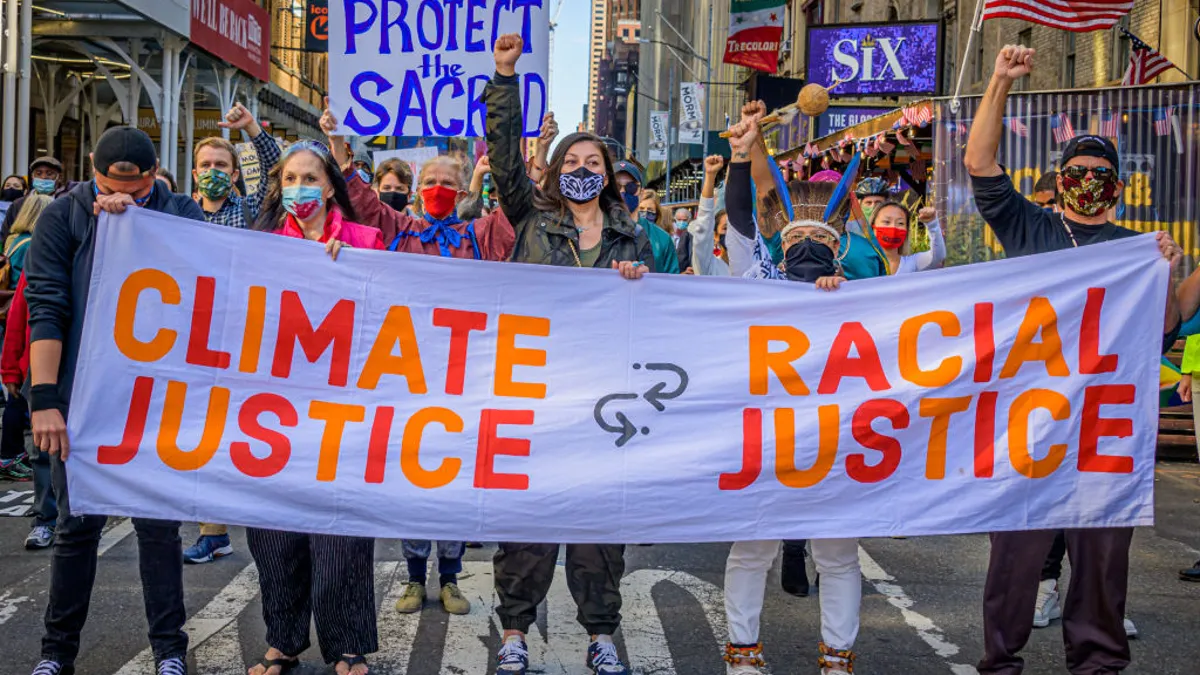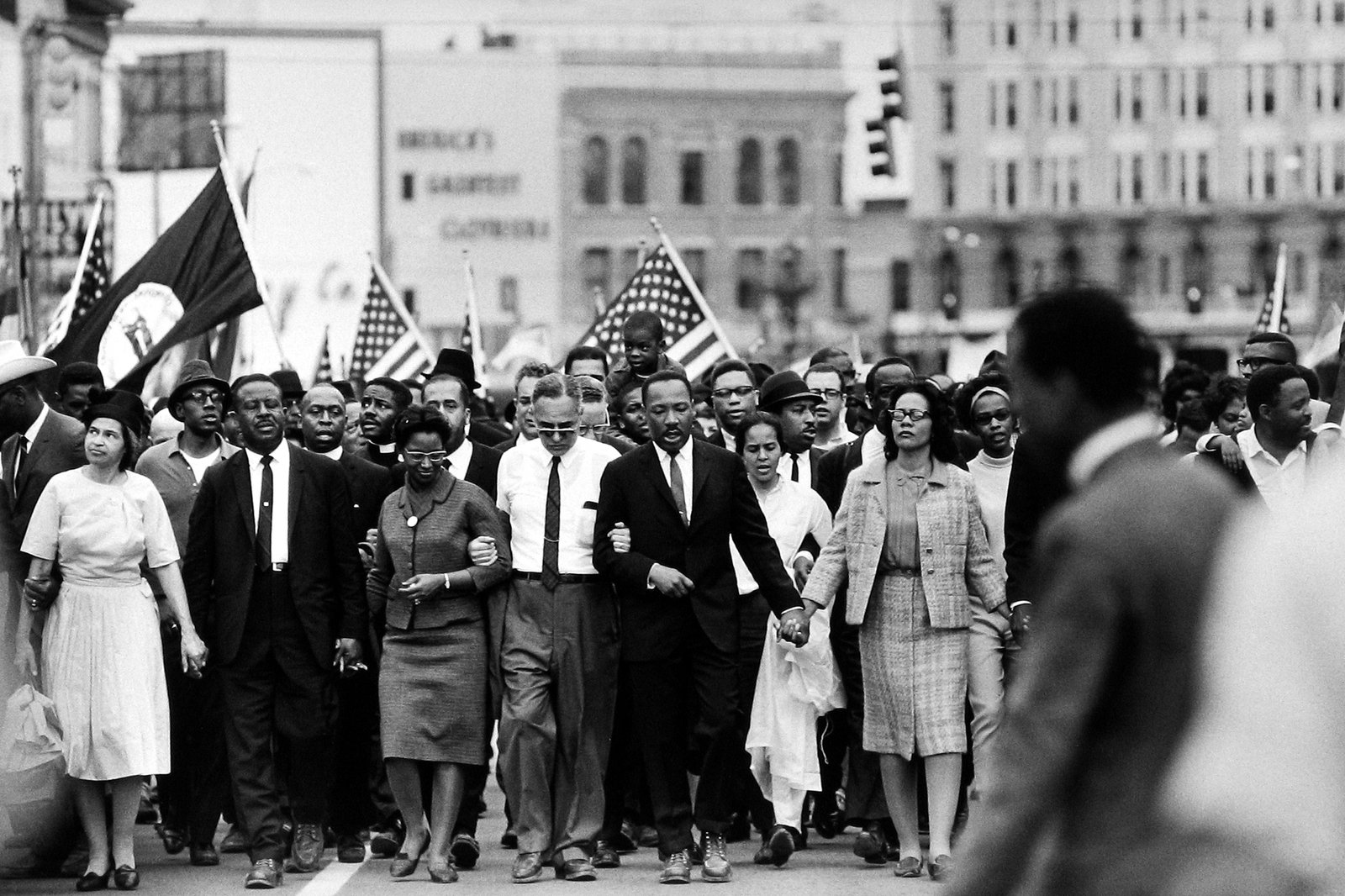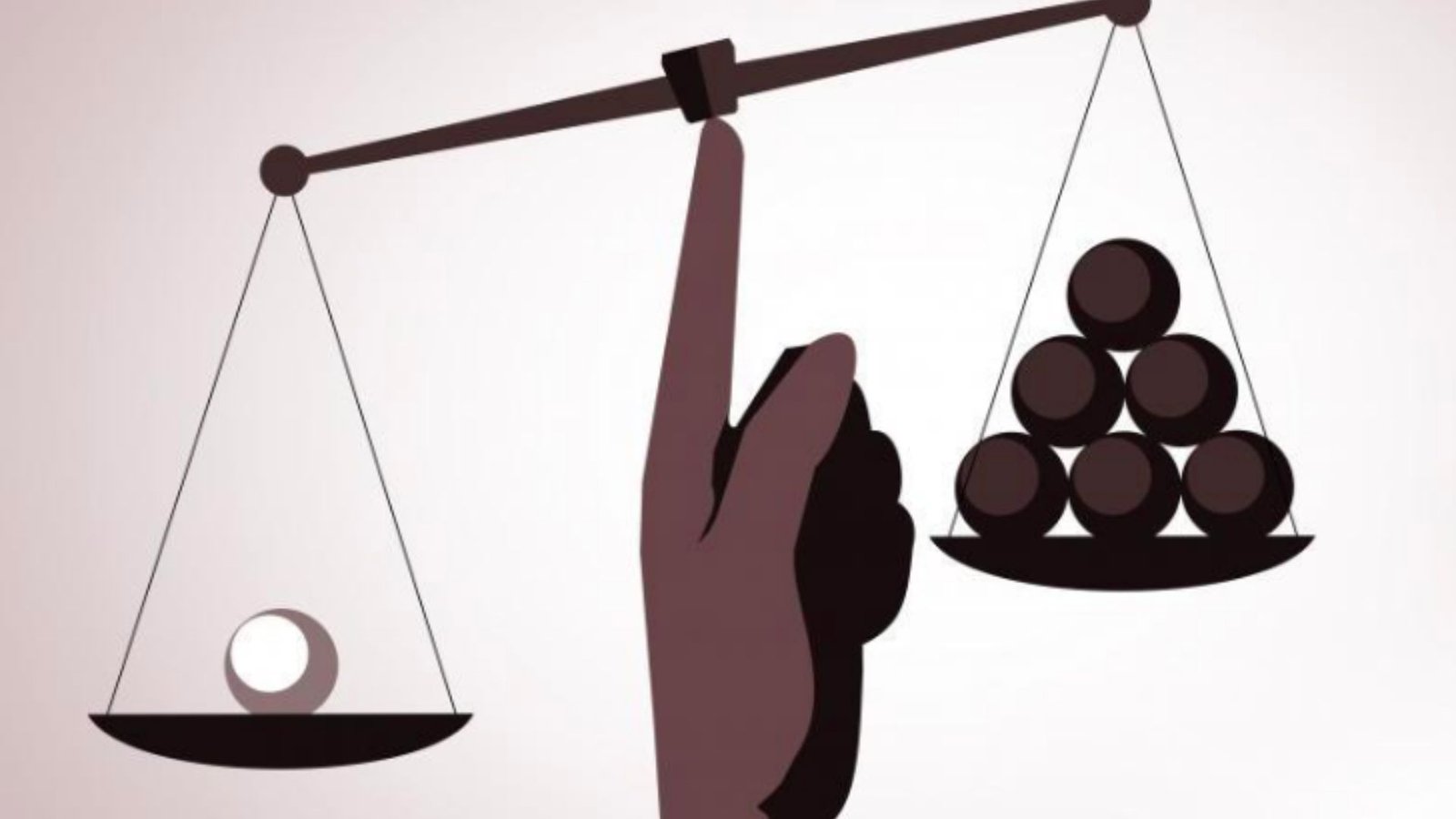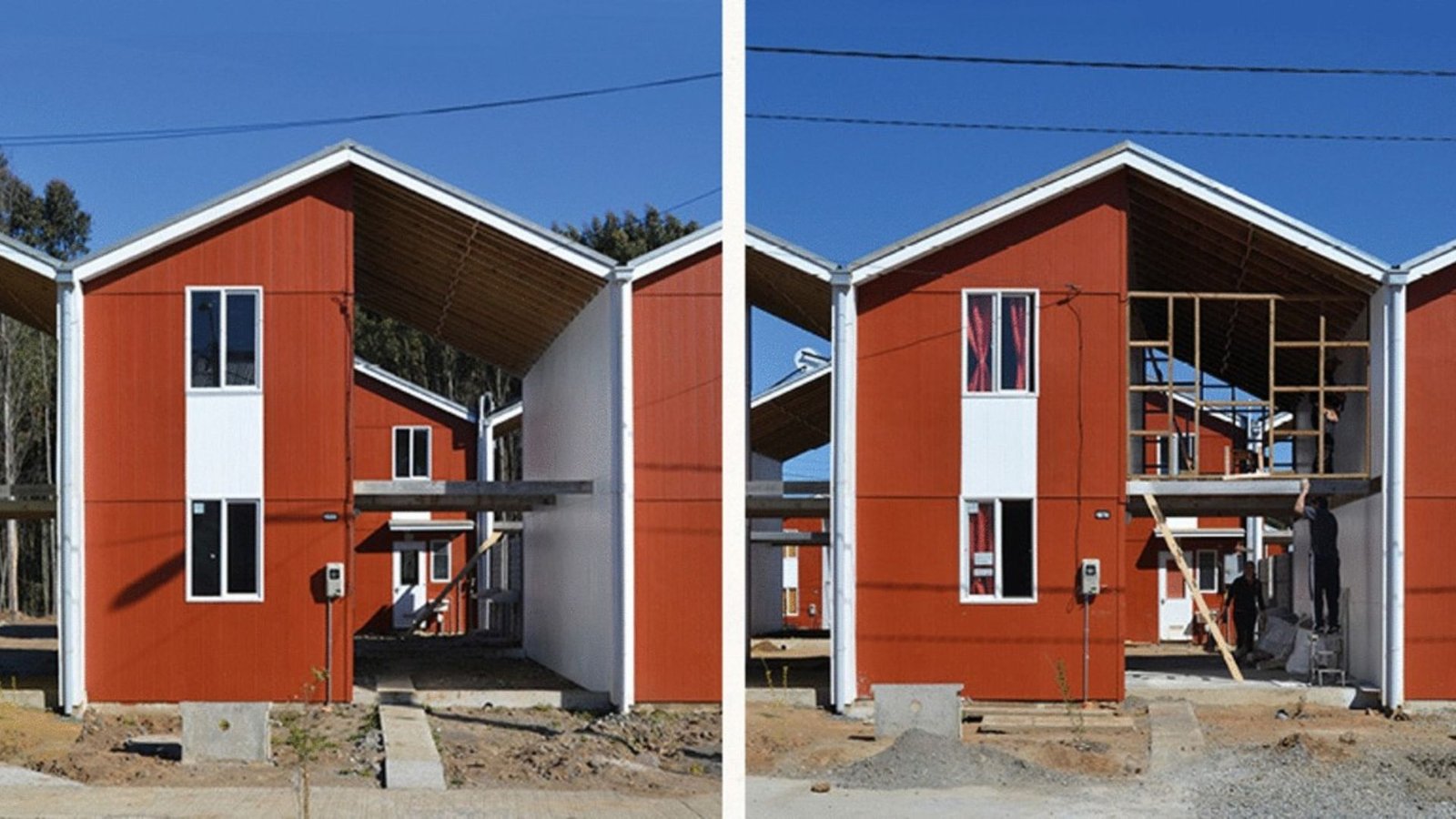Combating environmental injustice is crucial for building a more fair and sustainable world. For many communities, particularly low-income and minority groups, the harmful effects of environmental degradation often fall more heavily on them. It’s not just about pollution; it’s about access to clean air, water, and safe living spaces. This article will discuss strategies for combating environmental injustice, focusing on ways to reduce the impact on vulnerable populations.
What is Environmental Injustice?
Environmental injustice happens when certain groups, especially marginalized communities, suffer more from environmental problems than others. This could include exposure to pollution, lack of access to clean water, or living in areas prone to natural disasters. These communities often do not have the resources to fight against these environmental challenges, which only worsens their quality of life.
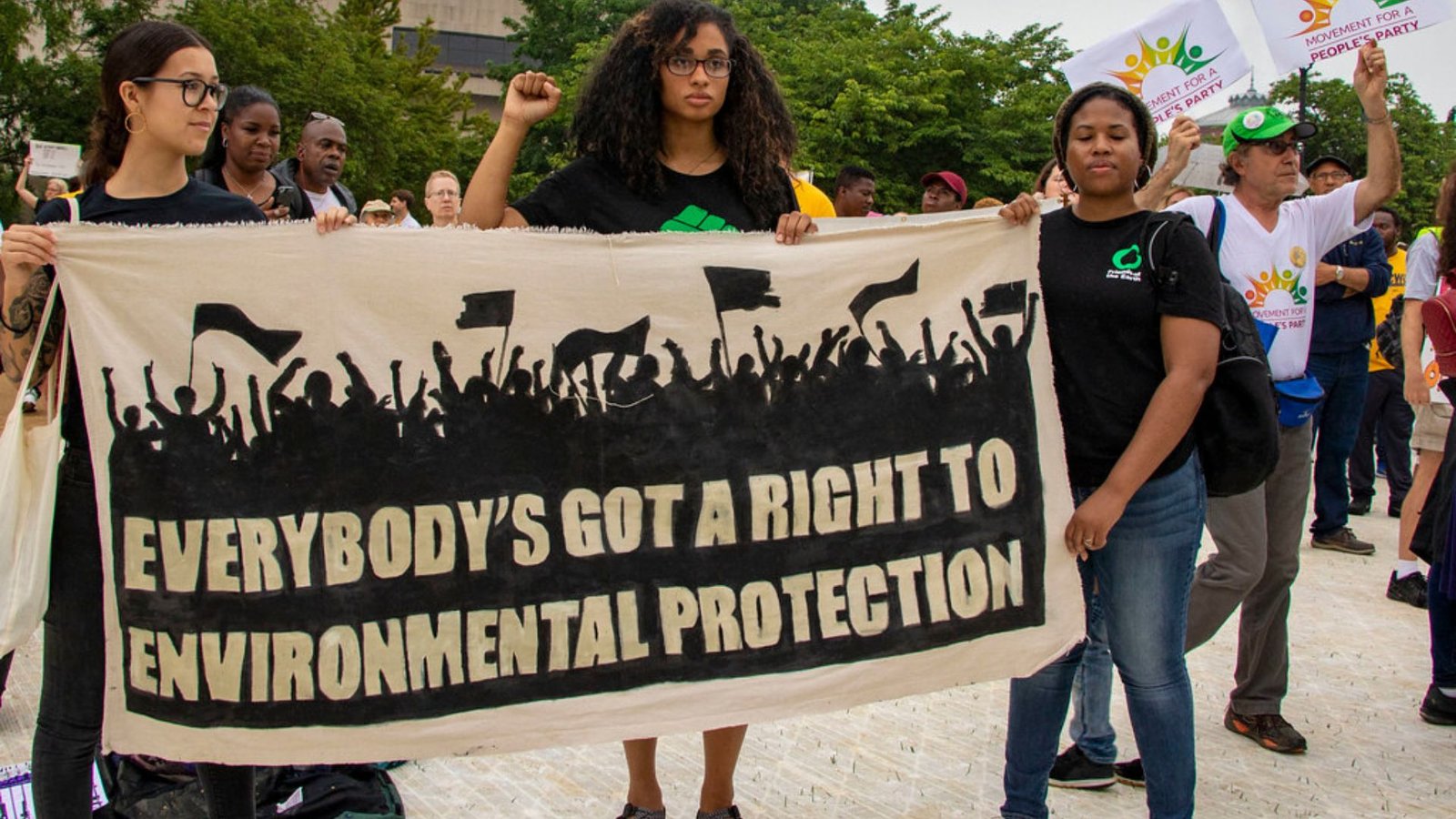
The Importance of Combating Environmental Injustice
The first step in combating environmental injustice is understanding its importance. Environmental issues should not only be seen from the lens of science or policy but through the eyes of people who are directly affected by it. Communities that experience environmental injustice suffer from poor health, low economic opportunities, and limited access to vital resources. By addressing environmental injustice, we promote fairness, equity, and sustainable development.
Strategies for Combating Environmental Injustice
1. Advocating for Stronger Regulations
One of the most effective strategies for combating environmental injustice is pushing for stronger laws and regulations. Governments must create and enforce policies that protect all communities, regardless of their income or race. This can include regulations on industrial waste, air and water quality, and more. Stronger laws will help ensure that no community is left behind in the fight for a healthier environment.
2. Raising Awareness and Educating the Public
Raising awareness about environmental injustice is crucial in gaining public support for change. By educating people about the unequal distribution of environmental hazards, we can mobilize communities to demand action from local and national leaders. Schools, universities, and community organizations can play a significant role in educating the public and ensuring that future generations are aware of environmental issues.
3. Promoting Community Engagement
Another vital strategy for combating environmental injustice is community involvement. Local communities should be at the forefront of the conversation about the problems they face. This means giving them a voice in decision-making processes related to environmental issues. Whether it’s protesting pollution, advocating for green spaces, or participating in local government discussions, active engagement empowers communities to fight back.
4. Supporting Environmental Justice Organizations
Many organizations focus on combating environmental injustice. These groups fight for policy changes, support affected communities, and offer resources for those in need. Supporting these organizations financially or through volunteering can help amplify the work being done to reduce environmental harm and promote equality.
5. Encouraging Sustainable Practices
To combat environmental injustice, it’s essential to encourage sustainable practices in all sectors, including business, industry, and agriculture. Sustainable practices reduce waste, lower emissions, and help prevent the degradation of natural resources. Businesses and governments should be held accountable for adopting eco-friendly policies that benefit everyone, not just the wealthy or powerful.
6. Ensuring Fair Distribution of Resources
Environmental injustice often occurs because certain groups lack access to essential resources, like clean water or healthy food. Ensuring that resources are distributed fairly is a key step in combating injustice. This could include improving infrastructure in underserved areas, such as access to renewable energy, clean water, and nutritious food.
7. Addressing Climate Change
Climate change disproportionately affects vulnerable communities. Flooding, heatwaves, and other extreme weather events tend to impact the poorest areas the hardest. Combating climate change through the reduction of carbon emissions and supporting sustainable practices is essential for addressing environmental injustice. Governments, businesses, and individuals all play a part in creating a sustainable future.
8. Creating Green Spaces
Green spaces, such as parks and gardens, are not just beneficial for the environment but also for human health. Creating and maintaining these spaces in underserved areas is an essential step in combating environmental injustice. These spaces provide clean air, a place for recreation, and can improve mental health by offering a natural escape from the hustle of urban life.
9. Holding Corporations Accountable
Many of the environmental problems we face today are caused by corporate practices that prioritize profit over people. Holding corporations accountable for their environmental impact is an essential part of combating environmental injustice. Governments can impose stricter environmental laws, while consumers can choose to support businesses that practice sustainability.
10. Legal Action and Advocacy
Legal action can be a powerful tool for combating environmental injustice. Lawsuits and legal challenges can force companies and governments to take responsibility for their harmful actions. Advocacy groups often work on behalf of affected communities, ensuring that the voices of those most impacted are heard.
Conclusion
Combating environmental injustice requires a collective effort from individuals, communities, organizations, and governments. By working together, we can create a fairer and more sustainable world for everyone, no matter where they live or what resources they have. It’s not just about protecting the environment—it’s about protecting people, ensuring that every community has the opportunity to thrive in a clean and safe environment. Let’s commit to combating environmental injustice, one step at a time.

